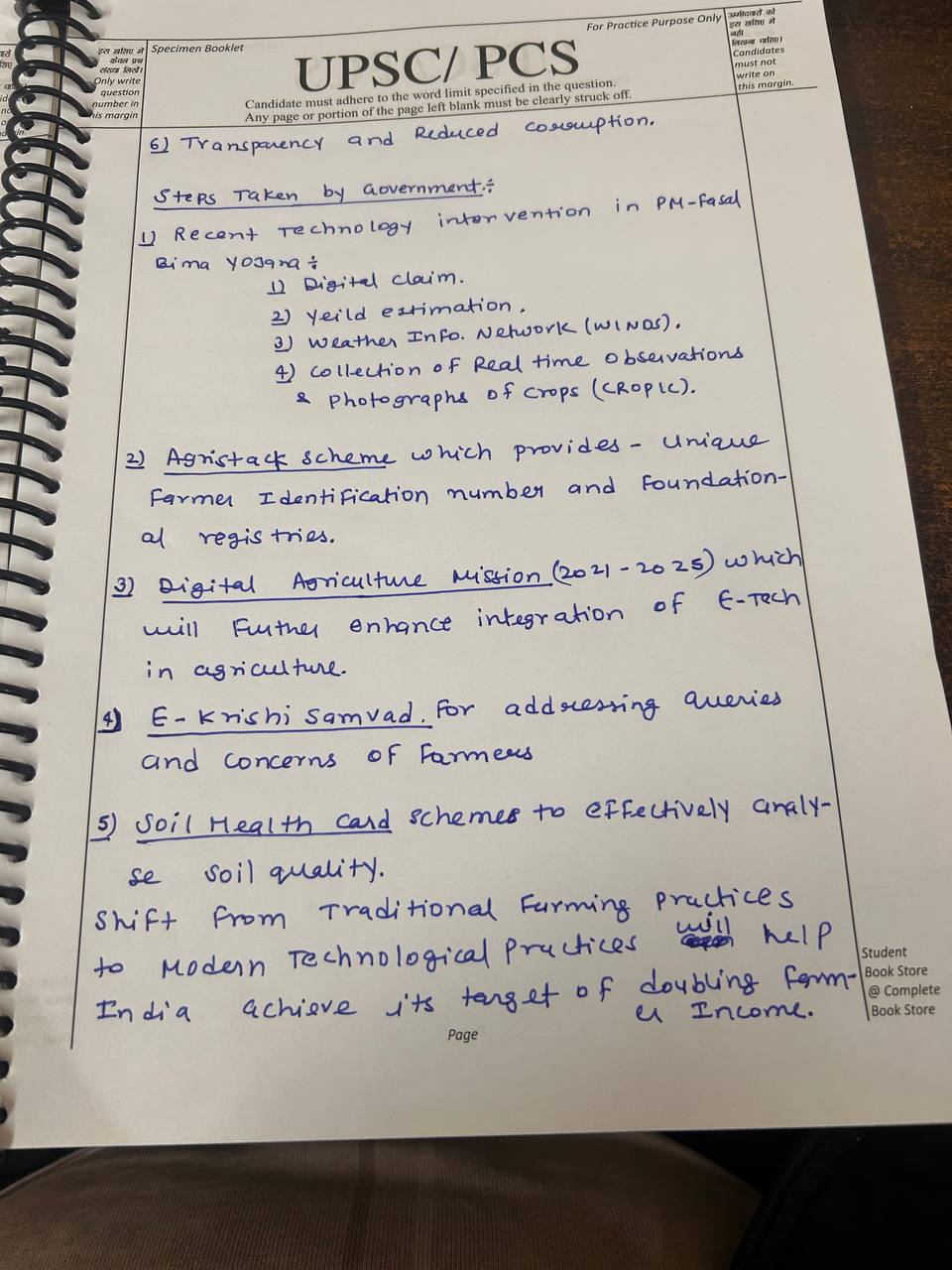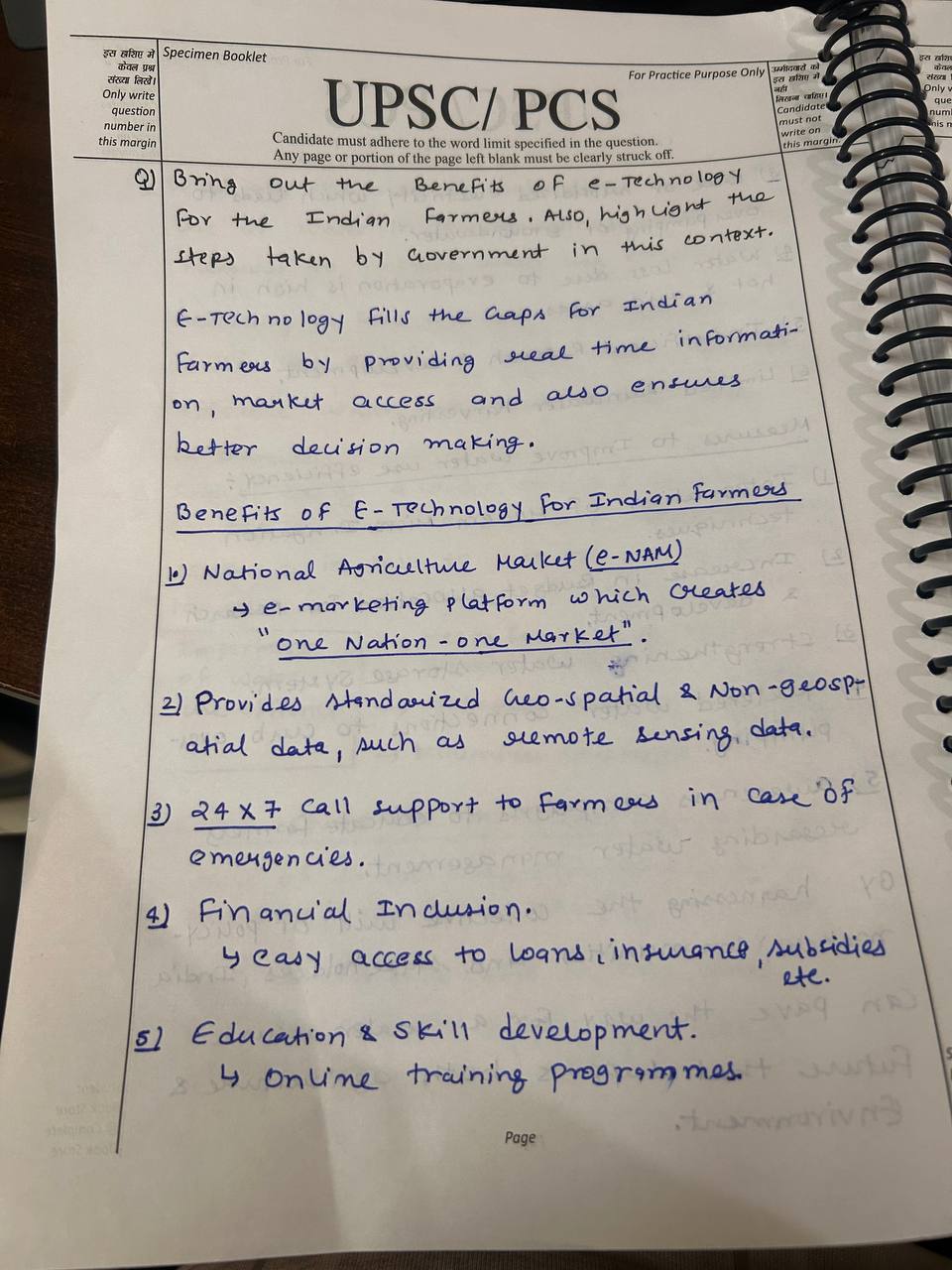Assess the Pradhan Mantri Jan-Dhan Yojana’s contribution to India’s financial inclusion. (Answer in 200 words)
Development Financial institutions (DFI) are institutions that provide long-term development finance to various sectors like industry, agriculture, housing and infrastructure. The Industrial Finance Corporation of India (IFCI) was the first DFI set up after independence in 1948, followed by IDBI, NARead more
Development Financial institutions (DFI) are institutions that provide long-term development finance to various sectors like industry, agriculture, housing and infrastructure. The Industrial Finance Corporation of India (IFCI) was the first DFI set up after independence in 1948, followed by IDBI, NABARD, EXIM Bank, SIDBI, etc. DFIs can be either wholly or partially owned by the government and few have majority private ownership, determined by the nature of the activities being financed, and their associated risk-returns profile.
Challenges faced by Development Financial institutions in India:
- Attracting and retaining the best staff: DFIs are in competition with the private sector to attract talent. They are often at a disadvantage when it comes to absolute levels of remuneration. This may erode efficiency, motivation and competence.
- Actionable strategy: DFIs are expected to operate at the forefront of societal and economic change and need a strategy to guide them towards meeting their objectives. This becomes more difficult due to the nature of their governance, which is often complex and prone to political interference.
- Credit decisions: Avoiding a high level of non-performing loans is as important for DFIs as it is for commercial banks. Moreover, making good credit decisions has other dimensions and faces specific challenges like underwriting weak loans for the sake of volume targets and corruption.
- Counter-productive competition: With respect to resource allocation, there are cases of too much money chasing too few good projects, resulting in poor resource allocation and counter- productive competition.
- Balance between private and public sectors: A DFI with a private sector character will require the government to believe and trust the private sector and still extend such benefits to the institution as it would normally to a state-owned DFI.
- Lack of a sustainable source of funds: Subsidised credit from the government and the Reserve Bank of India (RBI) has not proved to be a sustainable source in the past. Lack of sustainable source of funds can prove to be a serious constraint to the proposed DFIs.
- Moreover, maintaining the cost advantage over a period of time is also a challenge, as the resources raised would have a fixed (specified) coupon with long maturity, which may not be flexible.
Considering the challenges being faced by the DFIs, steps like establishment of standardised and streamlined regulatory frameworks, advocating performance-based remuneration to retain staff and vocational training to keep the technical competence and maintain efficiency of DFI, need to be undertaken. Also, consultation and coordination among DFIs should be encouraged to make sure that overlaps are avoided and eventual market gaps are covered. Further, there is a need of cultivating a strong culture of innovation to increase value-addition and catalyse private investment. Allowing DFI to raise long-term financing from external markets and from multilateral financial institutions would also go a long way towards the success of DFIs.
See less



Pradhan Mantri Jan Dhan Yojana (PMJDY) is a National Mission on Financial Inclusion encompassing an integrated approach to bring about comprehensive financial inclusion of all the households in the country. The plan envisages universal access to banking facilities with at least one basic banking accRead more
Pradhan Mantri Jan Dhan Yojana (PMJDY) is a National Mission on Financial Inclusion encompassing an integrated approach to bring about comprehensive financial inclusion of all the households in the country. The plan envisages universal access to banking facilities with at least one basic banking account for every household, financial literacy, access to credit, insurance and pension facility.
Role of Pradhan Mantri Jan-Dhan Yojana in ensuring financial inclusion in India:
Going forward, there is a need to move from financial inclusion to financial empowerment by providing credit. The PMJDY should become PM Jan Dhan Vridhi Yojana with universal access to bank credit to the most underprivileged sections of the society. Also, infrastructure needs to be cost effective and there is a need to build up a database to capture the income transaction history of the Jan Dhan account holders on the basis of which credit delivery models can be worked out.
See less